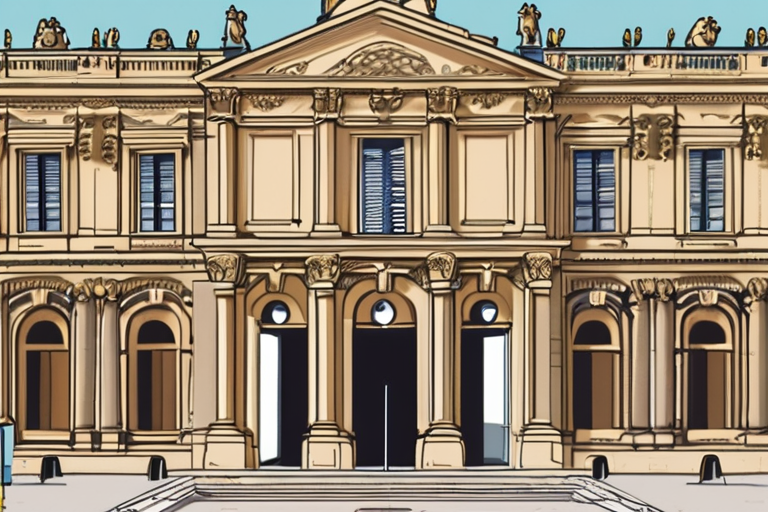A daring daylight robbery at the Louvre Museum in Paris has left the art world reeling, with thieves making off with an estimated 88 million euros worth of jewelry in less than eight minutes. The heist, which occurred on Sunday morning shortly after the museum opened, has raised concerns about the safety and security of cultural institutions.
According to French public prosecutor Laure Beccuau, the stolen items include a tiara worn by Empress Eugenie, wife of Napoleon III, the Marie-Louise necklace, and a pair of earrings, among eight other pieces. Beccuau told RTL radio that the estimated value of the stolen jewelry is "extraordinary," but noted that the greater loss is to France's historical heritage. "The value of these items is not just monetary, but also cultural and historical," Beccuau said.
The thieves, who wielded power tools, targeted the museum's most valuable and historic pieces, including crown jewels and items gifted by two Napoleons to their wives. The brazen heist has sparked fears that the stolen jewelry may already be long gone, with experts warning that the thieves may attempt to sell the items on the black market.
The Louvre Museum, the world's most-visited museum, has been the subject of several high-profile security breaches in recent years. However, this latest incident has raised concerns about the museum's security protocols and the need for increased measures to protect cultural institutions from theft and vandalism.
Beccuau expressed hope that announcing the estimated value of the stolen jewelry would make the robbers think twice and not destroy the items. "If they have the very bad idea of melting them down, they will not pocket the full windfall," she said.
The Louvre heist has sparked a wider debate about the security and preservation of cultural heritage in the digital age. As technology continues to evolve, so too do the methods used by thieves to steal and sell valuable items. The use of AI and machine learning algorithms to track and identify stolen goods has become increasingly sophisticated, but the black market remains a complex and ever-changing landscape.
As the investigation into the Louvre heist continues, experts are warning that the stolen jewelry may already be on its way to being melted down or sold on the black market. The French authorities have launched a manhunt for the thieves, but so far, no arrests have been made.
The Louvre Museum has vowed to take steps to enhance its security measures in the wake of the heist, including the installation of advanced surveillance systems and the deployment of additional security personnel. The museum has also pledged to work closely with law enforcement agencies to track down the stolen items and bring the perpetrators to justice.
In the meantime, the art world is left to ponder the implications of the Louvre heist and the need for increased security measures to protect cultural institutions from theft and vandalism. As Beccuau noted, the value of cultural heritage extends far beyond its monetary value, and the loss of these items is a loss for humanity as a whole.
*Reporting by Bbc.*







